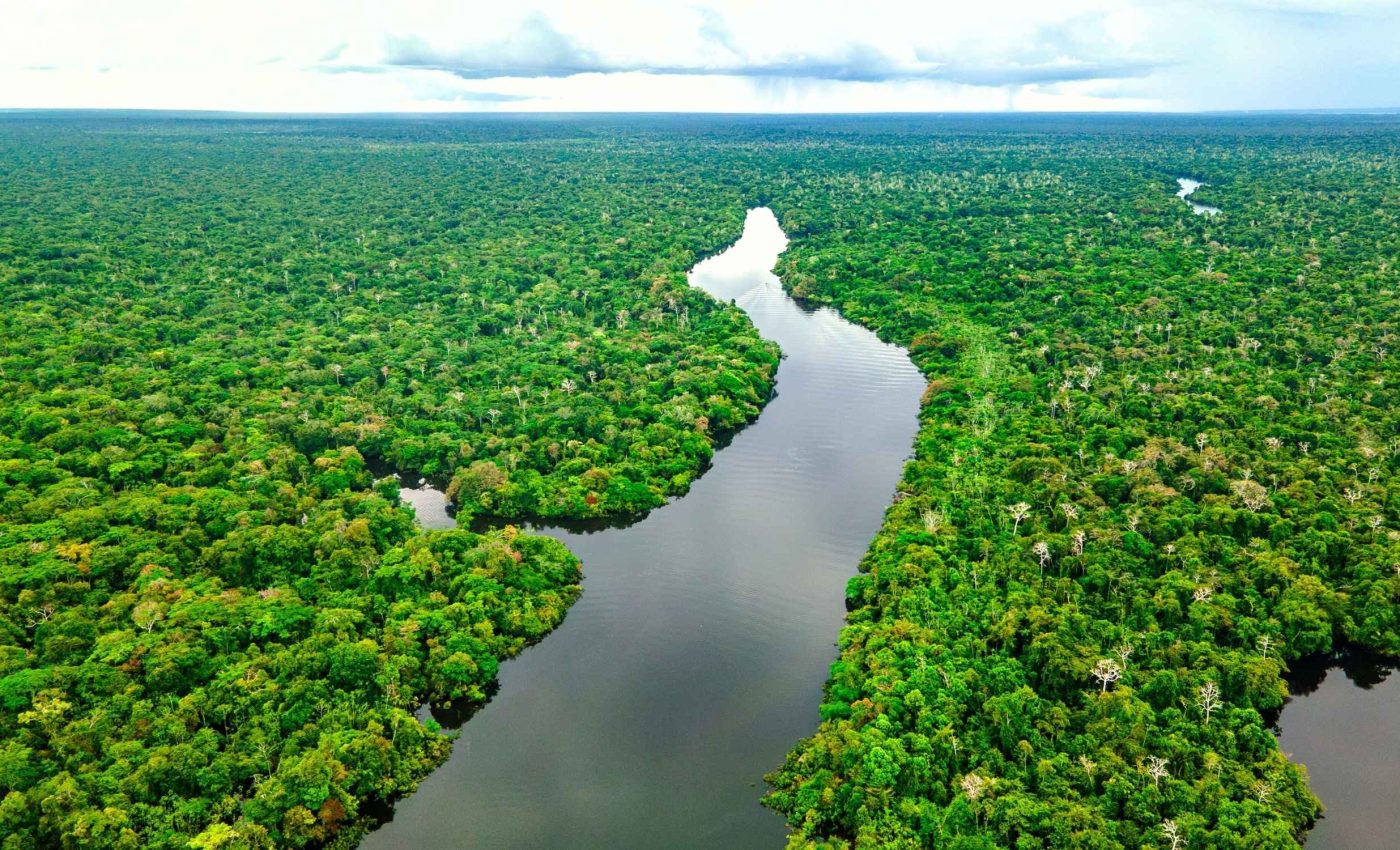
Weakening ocean currents provide a rainfall boost in the Amazon
In a warming world, the health of forests can change in surprising ways. A new analysis highlights how a weakening Atlantic Meridional Overturning Circulation (AMOC) might bring a bit more rain to the southern portion of the Amazon during its most water-limited months.
Scientists have been measuring changes in ocean temperatures and current patterns for decades. They have uncovered evidence that suggests a weakened AMOC, marked by cooler waters in the northern Atlantic, influences rainfall across South America.
The research was led by Dr. Annika Högner from the International Institute for Applied Systems Analysis (IIASA), working with other experts in climate science.
Weak ocean currents bring more Amazon rain
The AMOC sits among several large systems with the potential to shift in irreversible ways. A drop in its strength alters heat flow toward the northern latitudes. That temperature change can trigger atmospheric responses, leading to higher moisture flow toward parts of South America.
Dry spells in the Amazon can stress trees and put biodiversity at risk. The study found an approximate 4.8% jump in dry season rain for each one million cubic meters per second of weakened AMOC.
At the same time, the researchers warn that overall rainfall is still declining across parts of this massive rainforest, due to rising temperatures and deforestation linked to anthropogenic pressures.
Ocean currents and Amazon rainfall
“The dry season is the most vulnerable time for the Amazon rainforest. Our findings reveal that a weakening AMOC contributes to increased rainfall in the Southern Amazon during this time,” explained Högner.
To confirm the link, the team examined reanalysis datasets covering 40 years. They focused on how cooler northern waters influenced the teleconnection patterns carrying moisture toward the southern Amazon.
The researchers also studied the Caribbean low-level jet, a key wind corridor that channels airflow into the region.
Balancing effects and ongoing concerns
Study co-author Nico Wunderling is a professor at the Center for Critical Computational Studies and scientist at the Potsdam Institute for Climate Impact Research.
“The Amazon is still drying. The stabilizing interaction we found from the AMOC onto the Southern Amazon competes with other effects like those arising from deforestation and increasing temperatures,” noted Wunderling.
Experts stress that the added rainfall from the weakened AMOC has not been enough to halt the broader decline in water supply. The dryness is spreading because temperature spikes intensify evaporation, while land use changes reduce forest cover and moisture recycling.
Tracking forest health from space
The researchers used satellite-derived NDVI data to assess vegetation greenness in the southern Amazon. This index helps measure how well plants are photosynthesizing, providing a direct window into forest vitality during stressful seasons.
By analyzing four decades of satellite records, the team linked higher NDVI values with years of boosted dry season rainfall.
This connection reinforces the view that precipitation gains from weakened ocean currents are having a tangible, though limited, effect on Amazon forest health.
Emissions cause long-term harm
Climate tipping elements may reinforce or oppose one another. In this instance, a softer AMOC has slowed the drop in dry season rain over certain areas, offsetting about 17% of the rainfall deficit since the early 1980s.
Although this partial relief is important, it cannot overcome the warming trends that harm the region.
Researchers emphasize the need to lower greenhouse gases quickly, because the planet’s wide network of climatic interactions is complicated.
A cooling effect in one corner of the Atlantic might help in small ways, but it does not override the damage caused by ever-rising temperatures.
Climate, land use, and future rainfall
Analysts say it is vital to keep monitoring the Amazon and the AMOC. Satellite data and field observations could reveal if these current interactions hold steady in the next few decades.
Shifts in aerosols, land cover, and ocean conditions will likely shape future rainfall patterns.
The Amazon remains a centerpiece of global biodiversity, storing significant carbon and housing countless species. Insights into how ocean currents modulate rainfall are important for understanding new stressors on forest stability.
Strengthening local protections also remains a priority. These measures can help the forest withstand the extra hits brought on by warming.
How ocean currents affect Amazon health
The dry season is when the southern Amazon is most vulnerable to fire, tree mortality, and loss of ecosystem function.
Even slight drops in rainfall during this period can create long-term stress that reduces forest density and lowers the forest’s ability to recycle moisture.
Studies show that dry season length and intensity are among the key variables predicting whether forests can remain stable. Any rainfall buffering during this season – even if partial – is particularly relevant to forest survival.
The study is published in Environmental Research Letters.
—–
Like what you read? Subscribe to our newsletter for engaging articles, exclusive content, and the latest updates.
Check us out on EarthSnap, a free app brought to you by Eric Ralls and Earth.com.
—–













